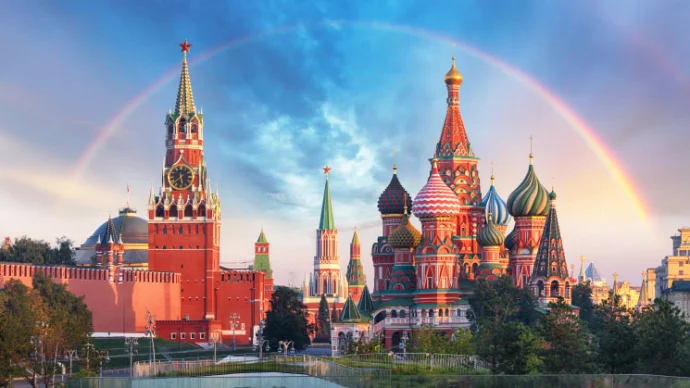
About Kazan Cathedral
Kazan Cathedral, also known as The Cathedral of Our Lady of Kazan and Kazanskiy Kafedralniy Sobor, is a large and impressive nineteenth century cathedral in St. Petersburg, Russia.
History of Kazan Cathedral
Designed by Andrei Voronikhin, Kazan Cathedral was modelled on Rome’s Basilica of St Paul: many leading Russians disliked the idea of building a Catholic-style basilica in Russia’s capital. Nevertheless, construction started in 1801, and it’s thought the Tsar, Paul I, intended to build a similar monument on the opposite bank of the river. The cathedral was completed in 1811 by his son, Tsar Alexander I.
The finished cathedral still has traditionally Orthodox overtones, including a dark interior and a huge, 80m high dome. The icon of Our Lady of Kazan resides inside, and remains extremely popular with believers. The colonnades stretch over 111m, and enclose an ornate garden. Many view the cathedral’s construction as Paul’s great attempt to unite Eastern and Western Christianity.
During the Napoleonic Wars, commander-in-chief of the Russian army, General Mikhail Kutuzov, asked for the intercession of our Lady of Kazan, and from then on the cathedral became closely associated with this war, and Russia’s victory. Statues of Kutuzov and Barclay de Tolly stand outside the cathedral, and Kutuzov is buried inside. The famous Russian poet wrote verses
The cathedral is notable as the site of the first major political protest in Russia in 1876 – the Kazan Demonstration. The cathedral was closed in January 1932, and reopened later the same year as the ‘Museum of the History of Religion and Atheism’.
In 1992, religious services were once again held in Kazan Cathedral, and four years later, it was reconsecrated. Today, Kazan Cathedral is the mother cathedral of St Petersburg.
Kazan Cathedral today
The cathedral is open daily and entry is free. Visitors are expected to act respectfully, particularly if visiting during mass. The building and grounds are large – allow a couple of hours to explore properly as there are plenty of nooks and crannies. There’s somewhat limited English signage, although there is a map of graves near the entrance. It’s gently suggested women cover their heads (although not with a hat), as is customary.
Getting to Kazan Cathedral
The cathedral is located on the south side of Nevsky Prospekt. The nearest metro stations are Nevsky Prospekt / Gostinyy Dvor: both are a few hundred metres away. The cathedral is wheelchair accessible and unmissable.
Featured In

Russia Historic Sites
Known for its vast landscape, turbulent history and striking buildings, Russia is brimming with historic sites. Here's our pick of 10 historical sites that make for essential visiting.


















